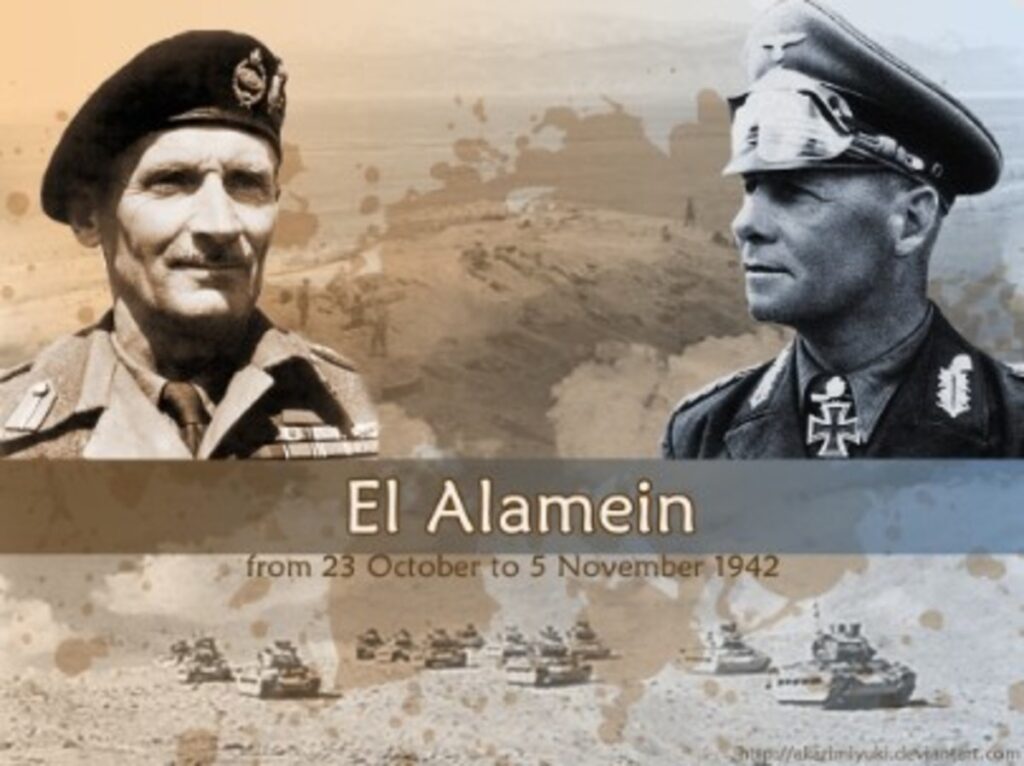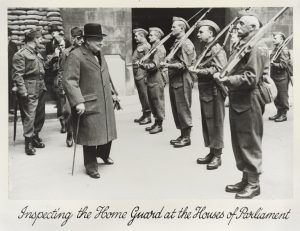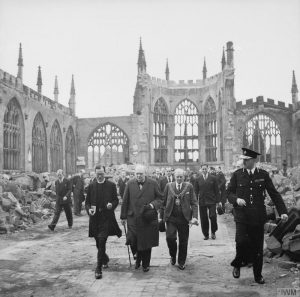
Bulletin #173 — Oct 2022
El Alamein

September 28, 2022
80th Anniversary of Pivotal Battle
By WINSTON S. CHURCHILL
The Battle of Alamein differed from all previous fighting in the Desert. The front was limited, heavily fortified, and held in strength. There was no flank to turn. A break-though must be made by whoever was the stronger and wished to take the offensive. In this way we are led back to the battles of the First World War on the Western Front. We see repeated here in Egypt the same kind of trial of strength as was presented at Cambrai at the end of 1917, and in many of the battles of 1918, namely short and good communications for the assailants, the use of artillery in its heaviest concentration, the “drum-fire barrage,” and the forward inrush of tanks.
In all this General Montgomery and his chief, Alexander, were deeply versed by experience, study, and thought. Montgomery was a great artillerist. He believed, as Bernard Shaw said of Napoleon, that cannons kill men. Always we shall see him trying to bring three or four hundred guns into action under one concentrated command, instead of the skirmishing of batteries which was the inevitable accompaniment of swoops of armour in wide desert spaces.
Of course everything was on a far smaller scale than in France and Flanders. We lost more than 13,500 men at Alamein in twelve days, but nearly 60,000 on the first day of the Somme. On the other hand, the firepower of the defensive had fearfully increased since the previous war, and in those days it was always considered that a concentration of two or three to one was required, not only in artillery but men, to pierce and break a carefully fortified line.

2024 International Churchill Conference
We had nothing like this superiority at Alamein. The enemy’s front consisted not only of successive lines of strong-points and machine-gun posts, but of a whole deep area of such a defensive system. And in front of all there lay the tremendous shield of minefields of a quality and density never known before. For these reasons the Battle of Alamein will ever make up a glorious page in British military annals.
There is another reason why it will survive. It marked in fact the turning of “the Hinge of Fate.” It may almost be said, “Before Alamein we never had a victory. After Alamein we never had a defeat.”
The fourth quarter issue of Finest Hour, the journal of the International Churchill Society, will examine the events of late 1942 and early 1943 including the battles of El Alamein and Stalingrad that Churchill termed the Hinge of Fate.
Subscribe
WANT MORE?
Get the Churchill Bulletin delivered to your inbox once a month.




